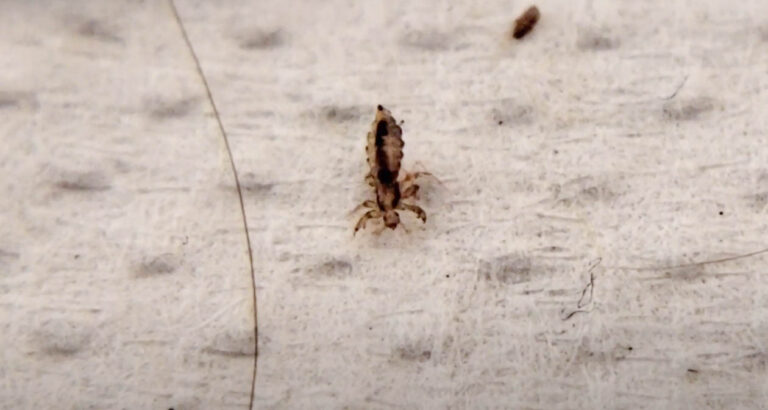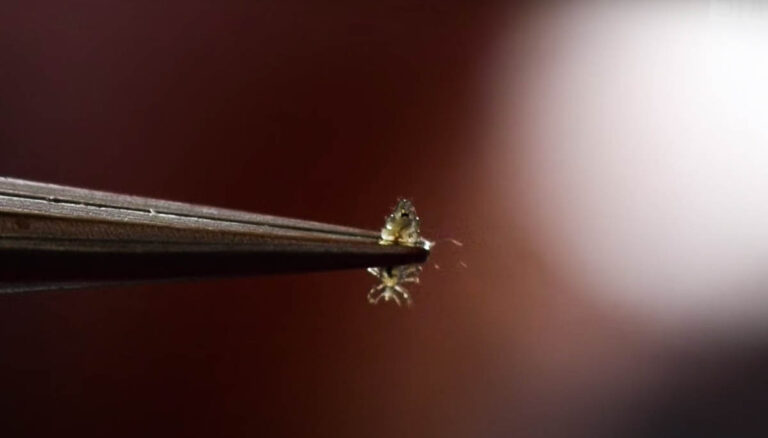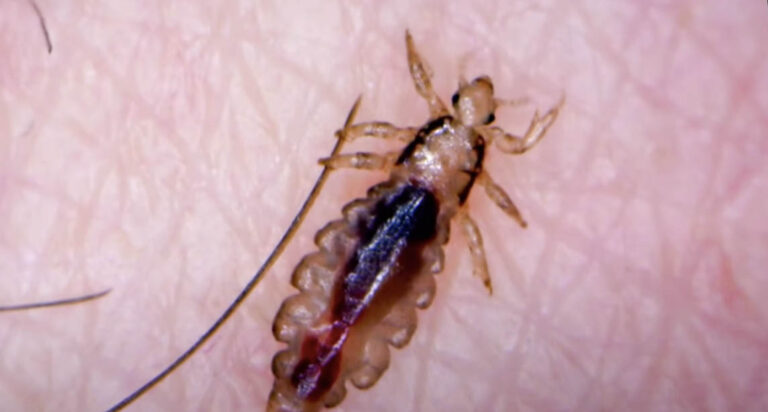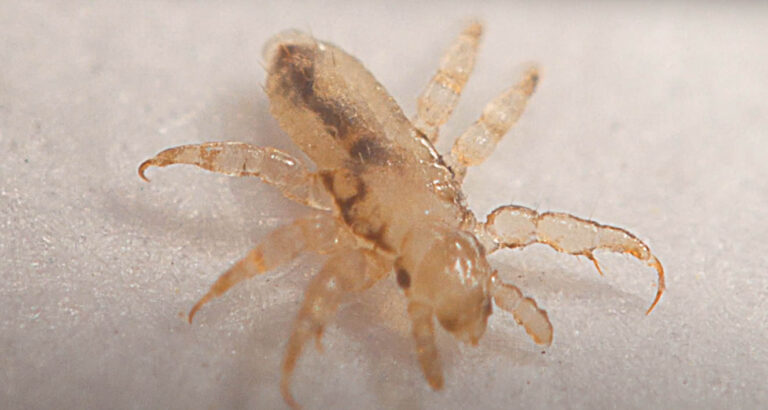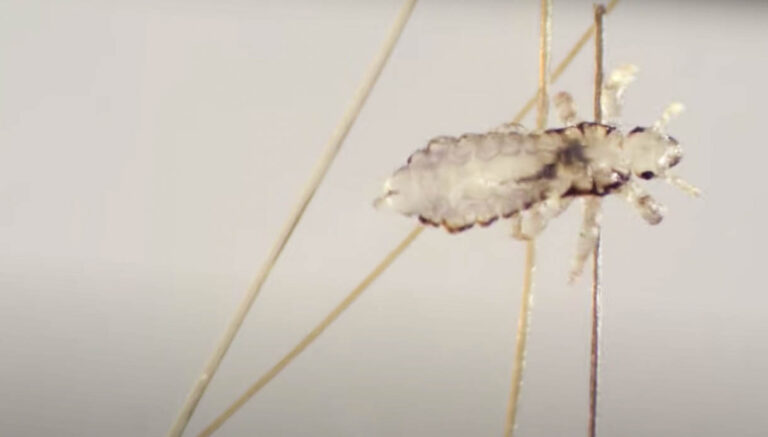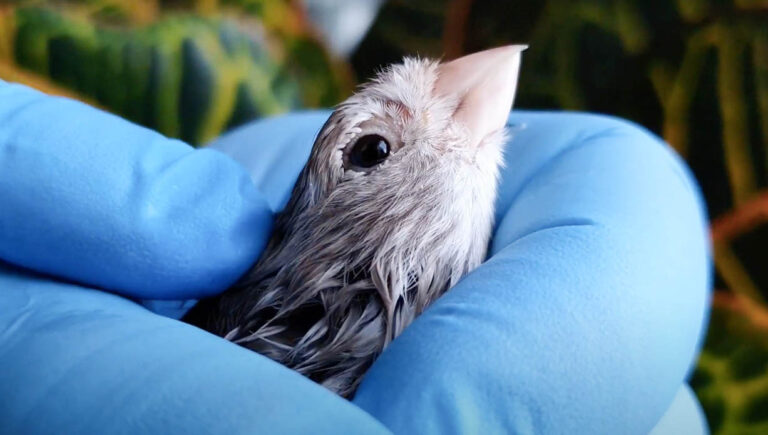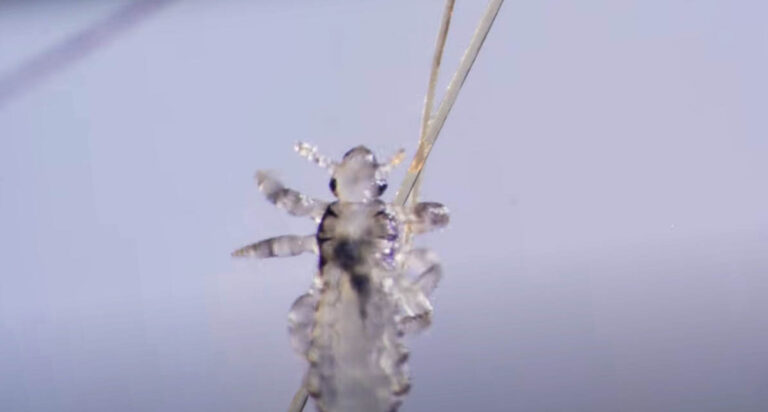About Bird Lice
About Bird Lice
Like other animals, birds are also capable of getting infected with parasites. These little insects are known to be called “bird lice” which are defined to be chewing lice. Most birds of different species will have bird lice. Unlike human lice, they will not only feed on blood. They also feed on the feathers of the bird or the skin. Bird lice can become harmful to the host due to the irritation they cause from the chewing – which is what will make the infected bird scratch harshly. In some cases, they also interfere with egg production and the fattening of the poultry. When a bird’s bill is damaged, they have trouble with properly preening themselves. As a result, they are likely to have more bird lice on their bodies.
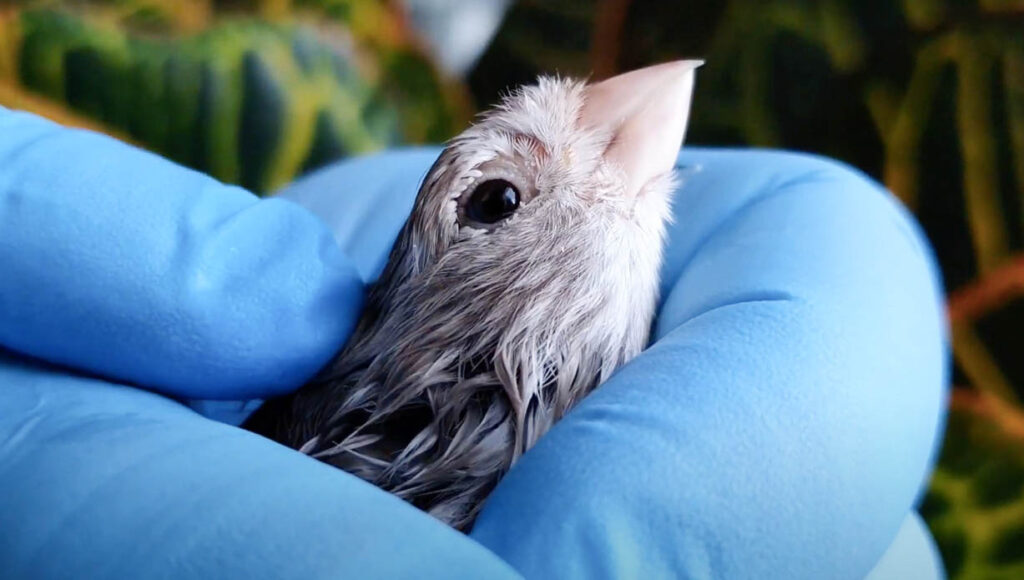
Appearance and Life Cycle
Much like other types of lice, bird lice are generally visible but this doesn’t necessarily mean that they can be easily found and seen. They first start as an egg, wherein they stick closely to the base of the feathers -somewhere nearby the skin. During this stage, they aren’t very visible mainly because of where they are placed and how small they are. The eggs of bird lice are quick in hatching. They then grow into a nymph after about 2 to 3 days and then need to feed in order to grow. They are still rather small when they get to this stage and therefore would not be too visible yet. After approximately 21 days, they grow into adults. Their size is commonly ⅛ of an inch or smaller. In terms of color, it ranges from a tan brown color to a somewhat creamy white.
Behavior and Lifestyle
One thing about bird lice is that they cannot live off a human host. However, they are able to bite them and cause irritation to the area that was bitten. While human lice will die when they are detached from their host, bird lice move quite differently. Bird lice often wander away from their host’s nest after they leave. In an area that has a lot of bird species around, they begin to search for a new host from there. If they spend too long without a host, they will eventually die.
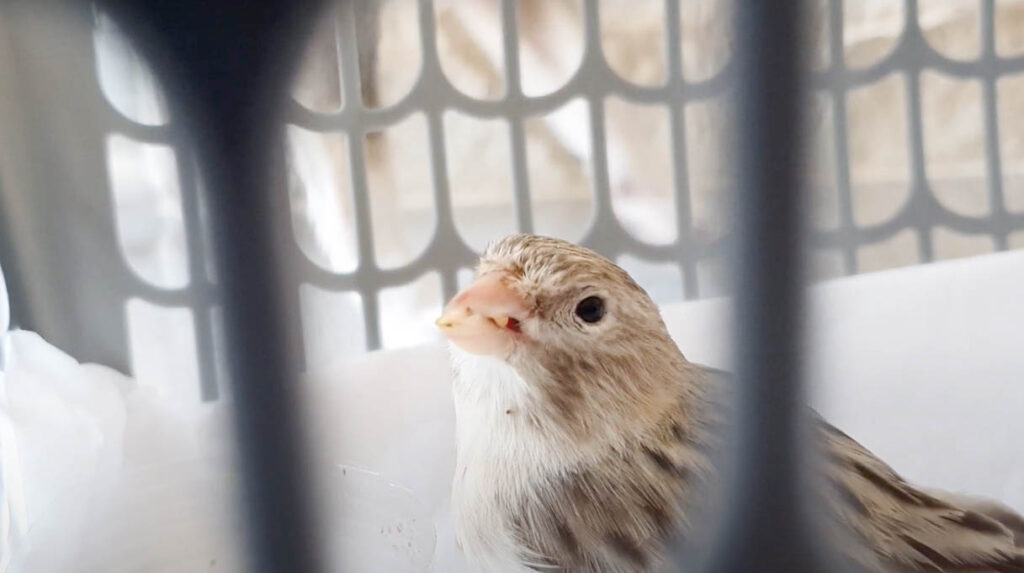
Habitat
One thing most lice have in common is that they need to stay close to their host in order to survive. The same thing applies to bird lice. Most of the time, if not directly attached to the birds, the lice can be found in the bird’s nest or within the same building or area they stay.
Signs of Infestation
There are ways to identify whether a bird is infected with lice or not. Some of the most common signs are the following:
● constant preening, more frequent than usual
● scratching, sometimes harshly
● ruffling of feathers
● feather damage and discoloration
● restless behavior, almost like they are stressed out
To identify if a bird is really infested with bird lice, it would be best to get them checked or to try and locate the pest. Regardless, when the bird showcases these symptoms, it is likely that they are struggling with an infestation with the potential of worsening if it is not treated properly.

